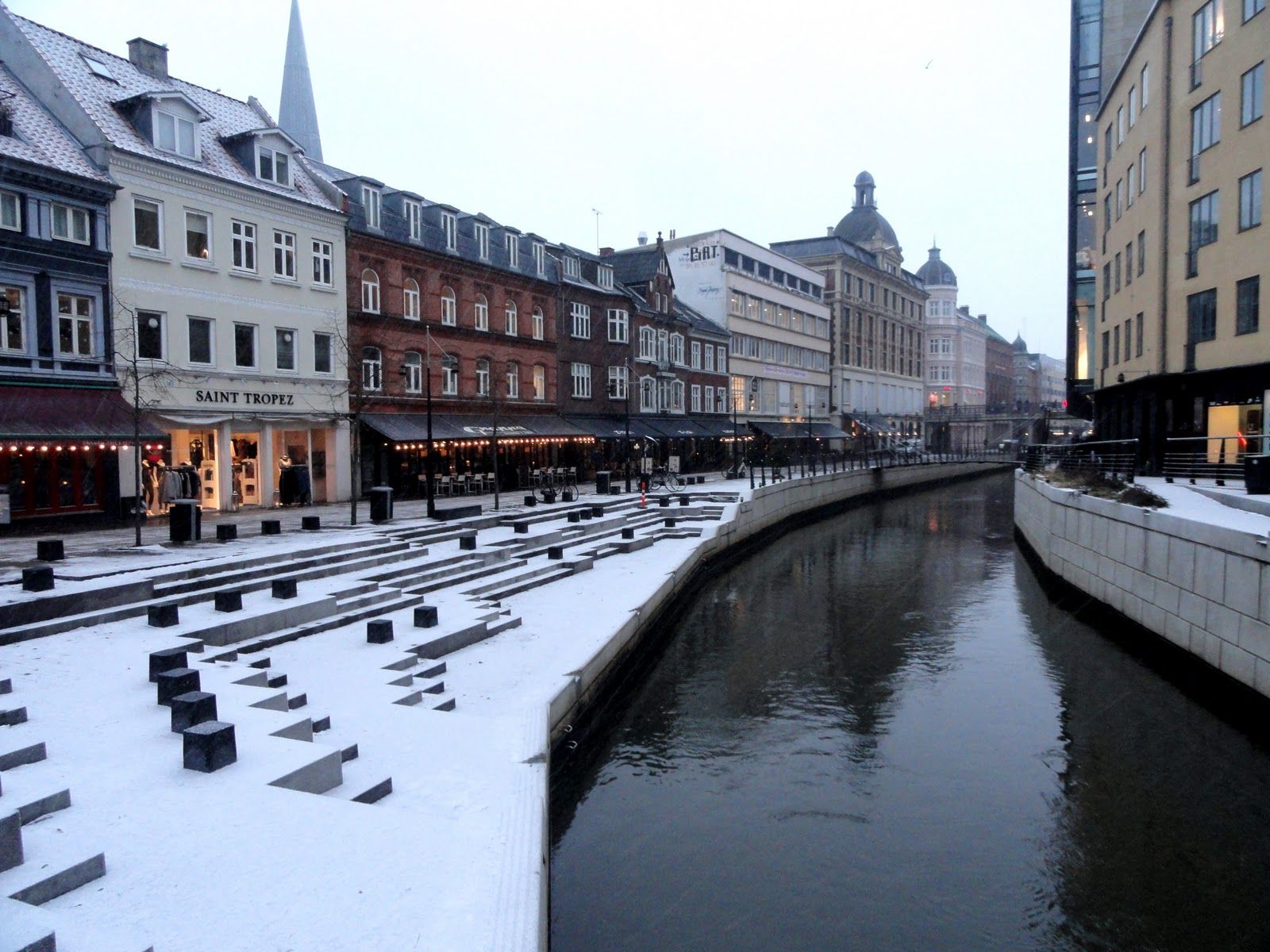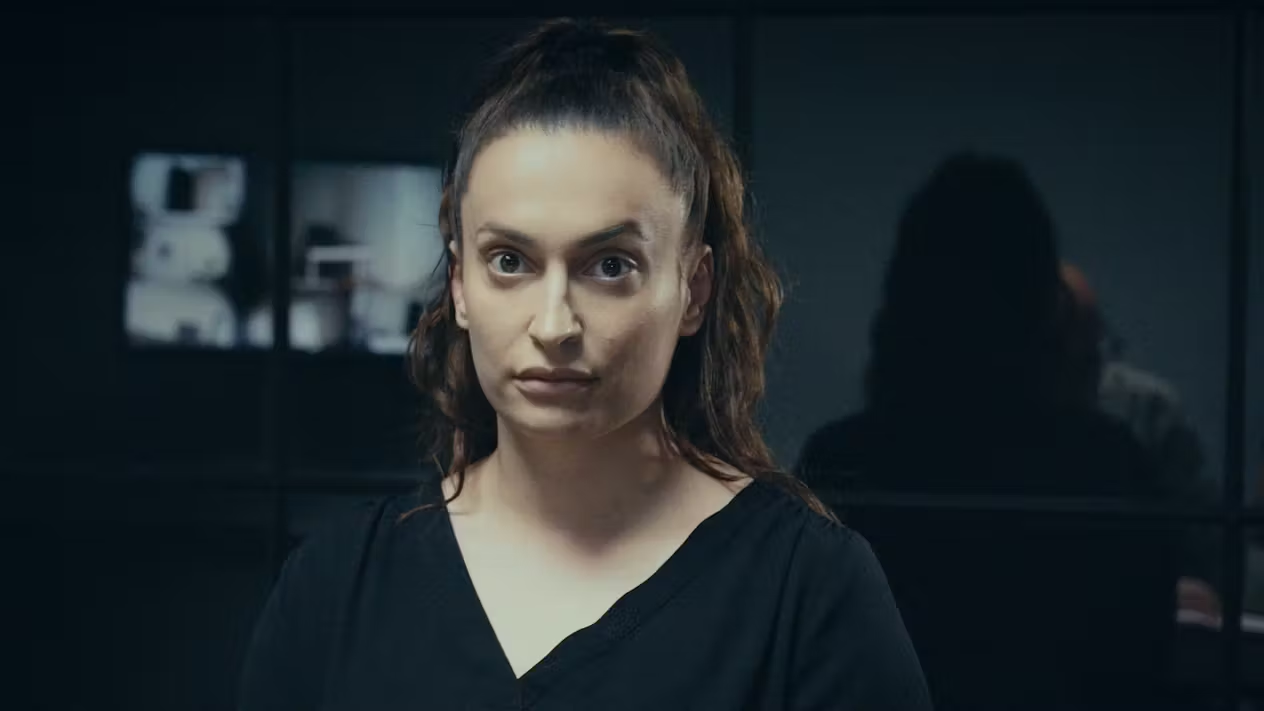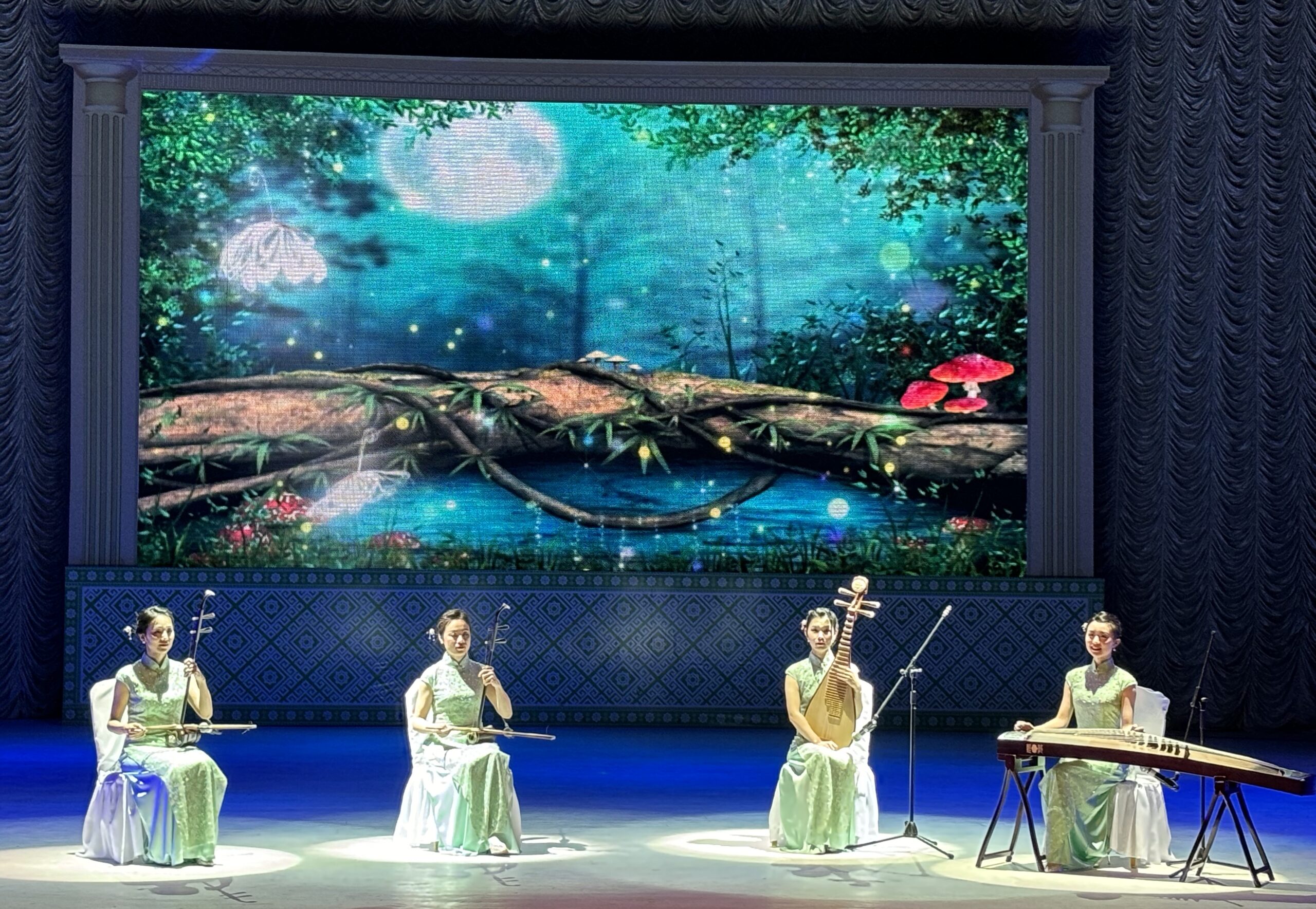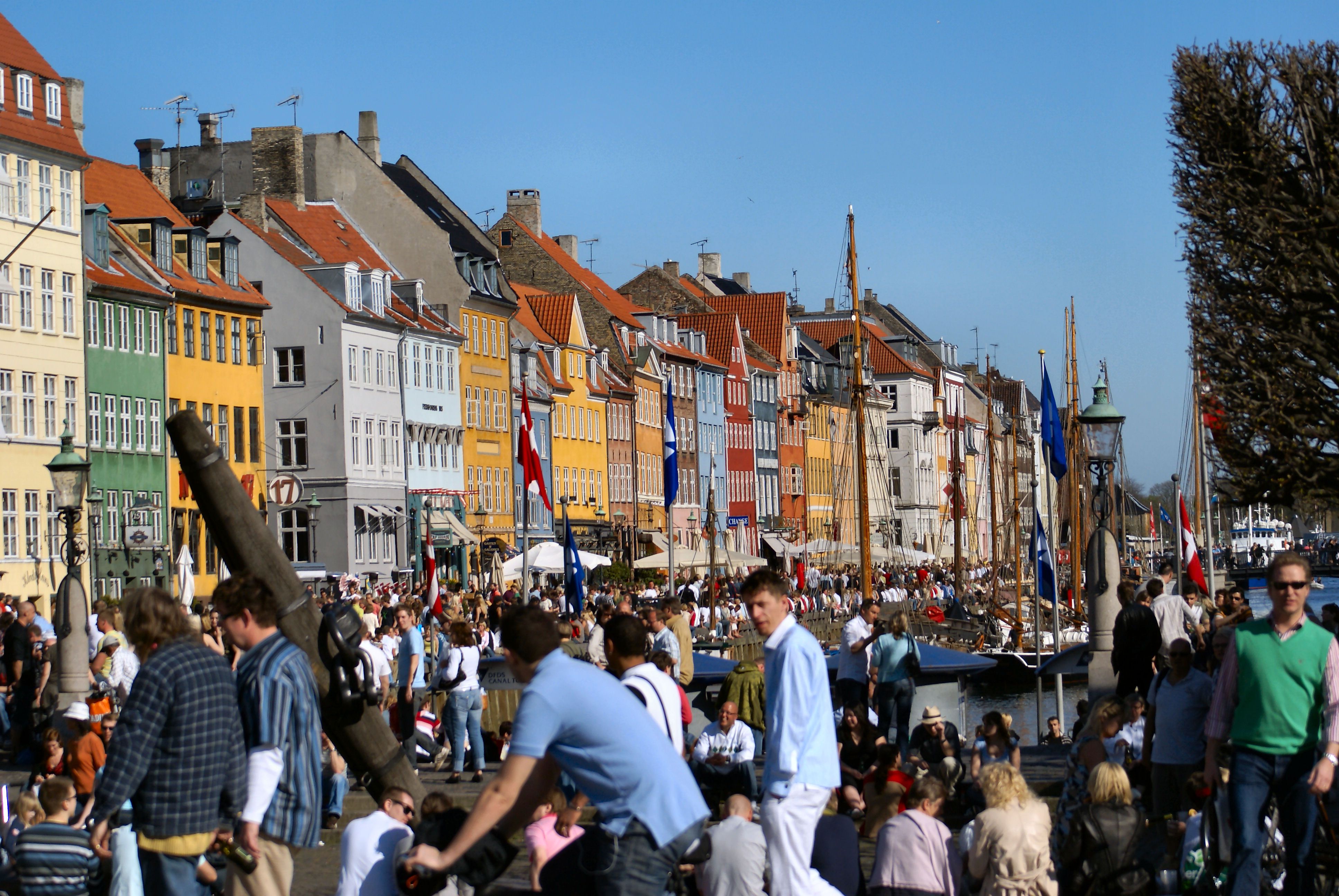Even in today’s digital era, most people still picture an advent calendar as a 2D cardboard affair, with 24 small windows filled with surprises – chocolate or visual – to open daily from December 1 until Christmas itself. An older tradition is to light an advent candle, which burns a little more each day, all the way until Christmas. In Denmark, however, the advent countdown became an audio-visual adventure as far back as the 1960s.
The theme is always Christmas, but how this topic is handled, as well as the target age group, varies considerably. There is a huge rivalry between the two major broadcasting companies in Denmark, Danmarks Radio (DR) and TV2, while even some of the smaller channels now offer their own Christmas alternative: in 2009, no less than eight advent or Julekalender series were shown throughout the month of December.
The first ever Julekalender show, ‘Historier fra Hele Verden’ (Stories from around the world), was broadcast by national broadcaster DR in 1962. The inspiration came from neighbouring country Sweden, where something similar had started two years earlier. However, it wasn’t until 1967 that the concept really began to collect the nation around the family television sets, when the irresistibly happy mouse Magnus Tagmus appeared in ‘Kender du Decembervej?’ (Do you know December Street?) with his catchy song ‘My name is Magnus Tagmus’. It proved so popular that a sequel was shown the following year: ‘Besøg på decembervej’ (Visit to December Street).
Like most TV programmes of the time, these first series were in black and white, and it wasnÂ’t until 1971 that an advent series in colour hit Danish screens.
The Julekalender TV series was supplemented in 1977 by the Børnernes U-landskalender, a standard cardboard advent calendar with the same theme as that year’s series, which was sold to support projects in developing nations. It’s an initiative that has continued ever since.
In 1990, TV2 started both a rival Julekalender series for children and, for the first time, a more adult-themed 24-part series. DR1 was not slow to follow and offered a grown-up advent series in 1991. Still popular 20 years later, the advent calendars for grown-ups tend to be shown at around 10pm and are highly satirical, like the bizarre, beer-swilling characters of DR2’s 2003 series ‘Jul på Vesterbro’ (Christmas in Vesterbro) to DR2’s current Christmas psychosis-fuelled ‘Hjælp, det er Jul!’ (Help, it’s Christmas!).
Perennial favourites include TV2’s ‘Alletiders Jul’ (Great Christmas), featuring the highly popular character of Pyrus, which has managed three repeats since it was first shown in 1994. The last of these was in 2000 and coincided with the feature film ‘Pyrus i Alletiders Historie’. A modern update of the traditional nisse or Christmas imp with a wisecracking, streetwise attitude, Pyrus is hugely popular throughout Scandinavia – yet somehow hasn’t managed to break through into the foreign market, despite an English version of the series retitled as ‘The 25 Days of Christmas’. In contrast, acclaimed series ‘Jesus & Josefine’, which was shown first in 2003 and is one of the few occasions that the Christian message of Christmas has made it into the television Julekalender, has been shown in 20 different countries.
This year’s DR Julekalender, ‘Nissebanden i Grønland’ (The nisse gang in Greenland), features another favourite team, the nisse gang. First made in 1989 and last shown in 2002, this month will be the ninth time since 1984 that the red-and-white clad Christmas imps or nisser (familiar to all Danish families for their love of risengrød and mischievous, yet harmless pranks) Lunte, Skipper and Puk have filled the nation’s screens, along with the villainous farmer Fig Fig Jørgensen.
‘Nissebanden’ is quite clearly aimed at younger viewers. Shown at 7.30pm, something of a debate has been raging on the DR website about whether this slot is too late for its youngest viewers.
“Nissebanden is an important part of our children’s Christmas culture,” said the children and youth editor for DR, Ulla Katrine Hæstrup. “Our decision to repeat Nissebanden i Grønland was made because we wanted to screen something for families with small children.”
Scheduler Helle Schønnemann-Paul has no problem with the later slot, explaining: “Julekalenderen should function as a family calendar, which is why we’ve stuck to a scheduling slot when parents have time to sit down and see it together with their smaller children.”
In contrast, TV2Â’s bid for this yearÂ’s viewers, ‘Ludvig og JulemandenÂ’ (Ludvig and Santa) – which is shown at 8pm and aimed at slightly older children – is a brand new series.













